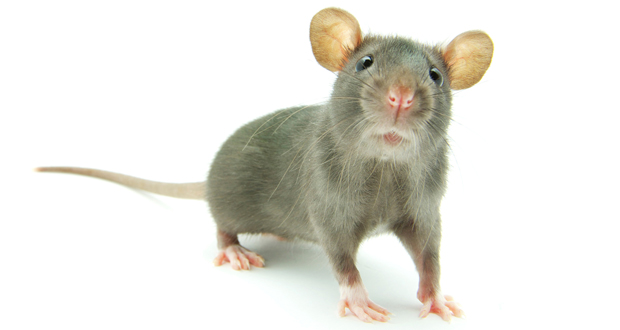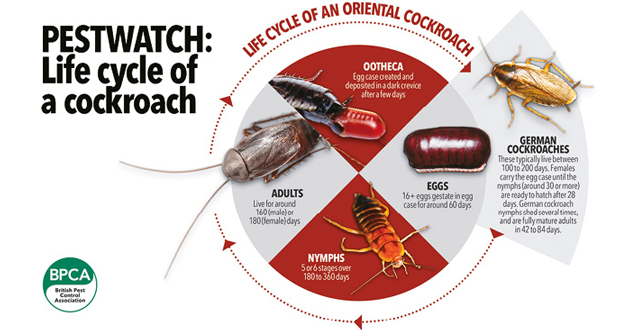SPOTTING THE SIGNS
Signs of pest activity can include droppings, the smell of urine from rodents, eggs or shed skin from insects, damage to the exterior of the property near entry points such as drains and vents, or damage to internal fixings or equipment.
The most obvious sign of a problem is spotting the pest itself. And while some pests can leave very obvious traces, others are very small and can be difficult to identify. You might find it useful to train staff in spotting the signs of infestations – BPCA have pest control awareness courses, which help staff learn how to identify pest issues. If there is any indication of activity, we recommend an inspection and advice from a professional pest control company.
Rats and mice have rapid breeding cycles, with one breeding pair potentially multiplying into hundreds within just a few months. They will seek out safe shelter with a food source and, if they find it, will bring their friends. They also need to gnaw to care for their teeth and have been known to chew through wood, cables and soft metals. Their gnawing activities can cause serious damage to plumbing and electrics, so damage to the building, or products and equipment within, could be a sign of an infestation.
Electrical fires and flood events have been attributed to rodent activity. Squirrels have also been blamed for property fires and floods, and can pose a problem with cold water tanks in attics, which sometimes get contaminated by urine and droppings.
STORED PRODUCT INSECTS
For those businesses involved in the food industry, including catering, Stored Product Insects (SPIs) should be on the radar. SPIs are considered to be the world’s most expensive pest due to the fact they cost the food industry billions each year in lost product and additional operating costs, but the early stages of an infestation can be difficult to spot, so a thorough inspection by a pest professional is recommended.
Indications of SPI infestations include seeing adult beetles or moths, damage to packaging and products, ‘tainted’ (discoloured) food and track marks in dust or flour as well as damp or mould in grain, which tends to be warmer if infested.
Moth larvae will leave webbing which they spin as they feed and move. It contaminates food products, and can cause considerable damage to machinery and equipment. Insect larvae excrement, known as ‘frass’ is another common sign of an infestation.
An obnoxious smell in food areas could indicate a cockroach infestation. Usually found in dark, warm spaces, cockroaches often access a building from the sewer and establish themselves around stoves, under sinks or near heating ducts.
Ootheca, or egg cases and droppings are also signs that cockroaches are around.
Another heat-loving pest that may be found in large centrally-heated buildings such as bakeries and hospitals as well as near heat-producing machinery such as commercial ovens, is the tropical Pharaoh ant. Believed to spread diseases, Pharaoh ants can be found in massive numbers.
Their nests vary in size and can expand into the available space, with some research finding nests with 50,000 workers and 100,000 ants at young stages.
BPCA has a wealth of advice and information at bpca.org.uk/a-z-of-pests and further help in identifying potential pest droppings can be found at bpca.org.uk/guesswhosepoo.
CALL THE PROFESSIONALS
If the presence of pests – or a serious infestation – is identified, BPCA recommends seeking professional help and advice to tackle the problem.
Premises that have been empty for a while should be checked and any issues dealt with to ensure they are pest-free before reopening.
A BPCA member company will have the technical knowledge and experience to apply products in an efficient manner while minimising risk to the environment and non-target species.
BPCA members:
- Carry the correct insurances.
- Are trained and qualified technicians.
- Are assessed to the British Standard in pest management EN 16636.
- Follow BPCA’s Codes of Best Practice.
To find a BPCA member visit: bpca.org.uk






